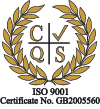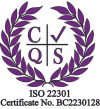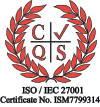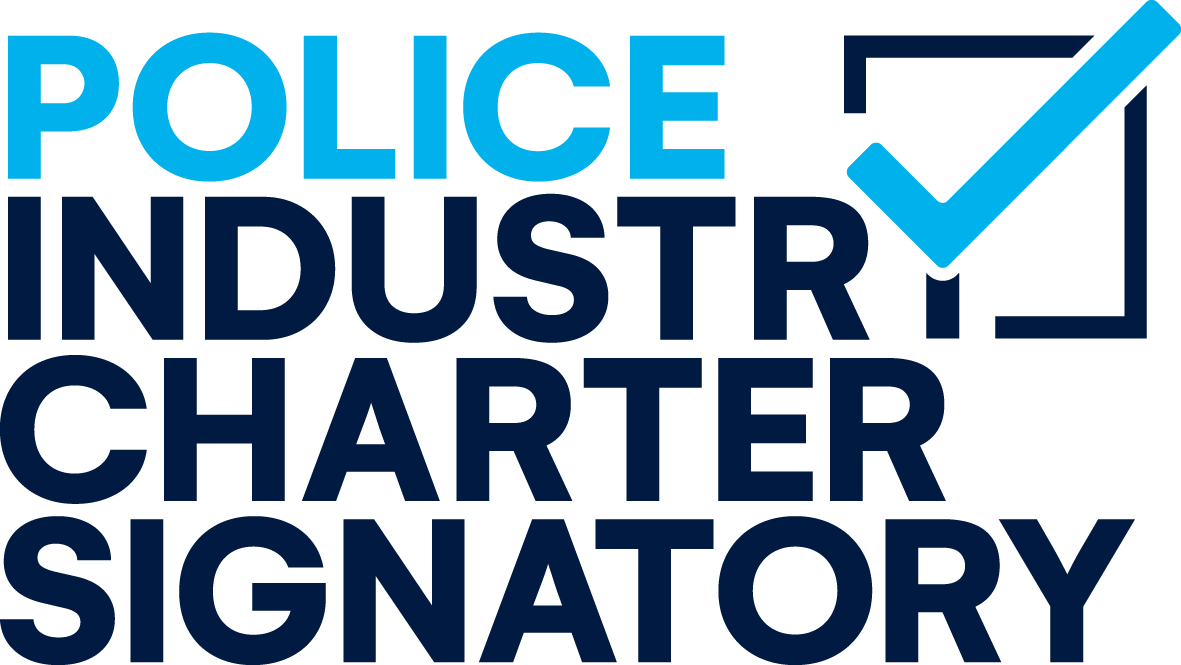
Programme and Project Management – What we know now
In March 2020, the ways of working for many organisations dramatically changed due to the COVID-19 pandemic. There was a need to quickly adapt to avoid disruption to our own business, our employees, and our clients.
Quote from a Junior Practitioner at Issured
It was clear that emails and telephone calls were not the most effective method to engage with our stakeholders, particularly in the early stages of building a rapport.Email was seen as less personal, more formal and took longer to get responses and it seemed that picking up the phone to make a call wasn’t the ‘done thing’ anymore.
Quote from a Principal Practitioner at Issured
Sometimes slower decision making, or loss of creativity was an outcome of virtual meetings or workshops, due to the lack of audience attention or having the tools to fully work through the issue(s) in hand.
Quote from a Junior Practitioner at Issured
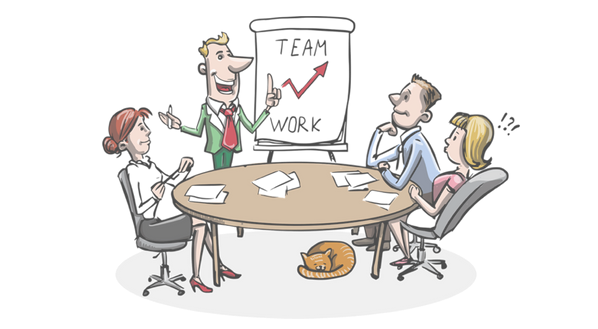
Management of Resources
The change to the social element of work impacted relationship building and learning. The ability to shadow peers and other colleagues was dramatically reduced.
We encouraged regular virtual team ‘stand ups’ and ‘one-to-one’ meetings to keep teams aligned and maintain focus across activities. There was a greater emphasis on clear tasking so that the individual could deliver their tasks independently.
Recruitment and Interviews
Traditional recruiting and interviewing methods were not an option. Virtual interviews were surprisingly more convenient, reducing the burden of travel for candidates, along with a reduction in carbon footprint!
We tried to keep a similar interviewing experience to that of a more traditional face to face interview. We continued with well-structured interview templates based off competency frameworks and used our secure interview platform, Mea: Connexus, ensuring a secure record of all interviews and content. However, we changed our style and adopted a much more relaxed approach to try and bring through the candidates’ personality and cultural fit, which was challenging to gauge on a video call.
Management of Project Progress
Chasing project team members for updates is always tough but doing this virtually was a different ball game entirely! The techniques of tracking down your updates directly in the office was gone and radio silence to emails, calls and messages caused frustration. This resulted in a higher than usual number of items being escalated so the correct action and support could be put in place.
The importance of being proactive has been heightened during this prolonged period of working from home. We encouraged our staff to identify and escalate, when necessary, any risks, issues, and dependencies as early as possible. However, in some cases, due to the isolated working, risks and issues may not have been identified or raised as early as they might have been when working in a face-to-face environment.
“I find it a lot more difficult to hold people to account or encourage them to track their actions and deliverables when we are not working in the same location.”
Quote from a Senior Practitioner at Issured
What Next?
The pandemic has changed traditional ways of working forever.
Expectations that effective project delivery could only take place in the office have vanished, time previously spent commuting has decreased, interviewing candidates is more efficient (and environmentally friendly) and several staff found they are more productive working from home due to less distractions.
However, this has come with the challenges of difficulties with collaborative working, bad habits in diary management, longer periods sat at our computers, often with fewer breaks, and a reliance on technology more than ever to enable effective working.
We are still navigating the challenges and trying to find innovative solutions to the changes that come up every day. It’s a work in progress to ensure we find the right balance for now and the future, but we’re pleased with how we’ve adjusted so far!
Recent Posts
How can businesses truly embrace diversity and inclusion if they're overlooking a valuable group of individuals? Despite the growing awareness [...]
Creating an inclusive environment where everyone can thrive is necessary for employee satisfaction, productivity and retention. This is especially true [...]
Welcome to the world of soft skills, the secret ingredients that transform good managers into great leaders. These skills help [...]




